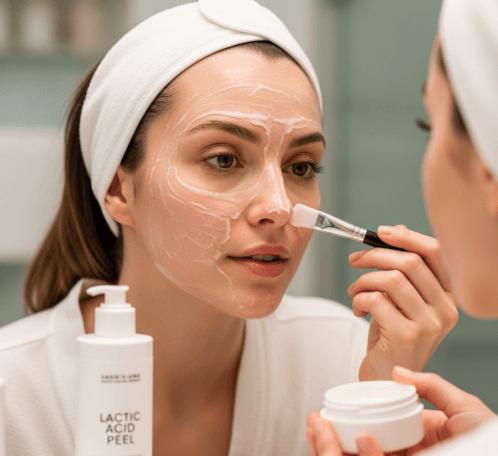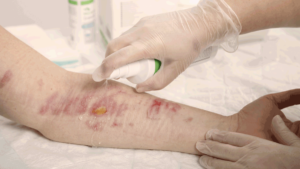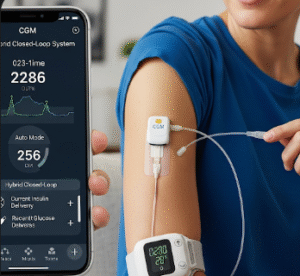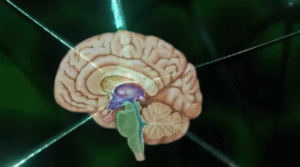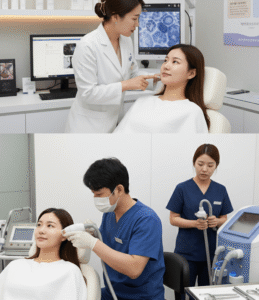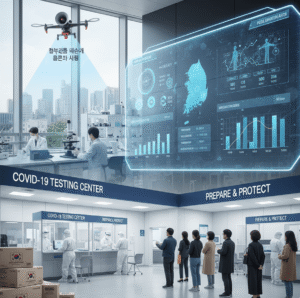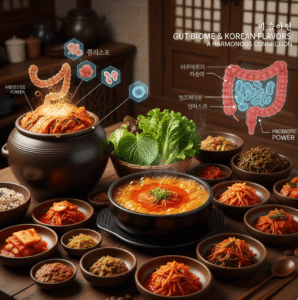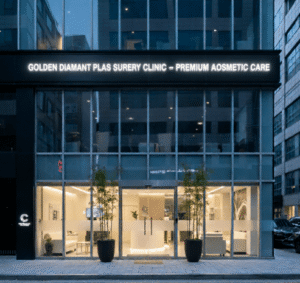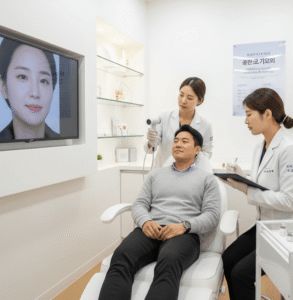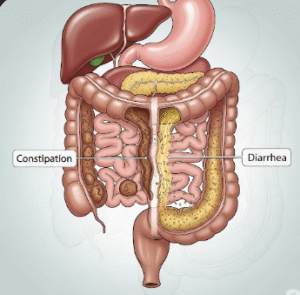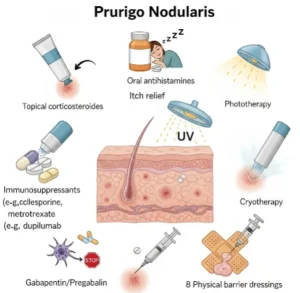What it is
→ A lactic acid peel is a type of alpha-hydroxy acid (AHA) chemical peel that uses lactic acid, a compound naturally found in milk, to gently exfoliate the skin.
→ It works by loosening the bonds between dead skin cells on the surface, promoting cell turnover, smoother texture, and brighter skin tone.
→ Lactic acid is considered one of the mildest chemical peel options, making it suitable for sensitive skin, first-time peel patients, and individuals with pigmentation issues.
→ In Korea, lactic acid peels are commonly performed in dermatology clinics and medical spas as part of brightening, hydration, and anti-aging programs.
Why it’s done
→ A lactic acid peel is performed to:
- Brighten dull skin and restore radiance.
- Lighten pigmentation, freckles, and melasma.
- Reduce post-inflammatory hyperpigmentation (PIH) from acne.
- Improve skin hydration (lactic acid is a natural humectant).
- Smooth rough texture and fine lines.
- Minimize pore appearance and improve overall tone.
→ Many patients choose lactic acid peels because they are gentle yet effective, offering visible results with little to no downtime.
Alternatives
→ Alternatives to lactic acid peel include:
- Glycolic acid peel → stronger AHA, penetrates deeper, more aggressive exfoliation.
- Salicylic acid peel → BHA, oil-soluble, better for acne-prone skin.
- Mandelic acid peel → very gentle AHA, good for rosacea-prone or darker skin.
- Jessner’s peel → combination peel for acne and pigmentation.
- TCA peel → deeper chemical peel for advanced wrinkles and pigmentation.
- PRX-T33 biorevitalization → TCA-based, no visible peeling, collagen stimulation.
→ Lactic acid peel is often chosen for sensitive skin patients who want brightening without irritation.
Preparation
→ Before a lactic acid peel, patients should:
- Avoid sun exposure and tanning for 1–2 weeks.
- Stop retinoids, AHAs, BHAs, and exfoliants 3–5 days prior.
- Avoid waxing, shaving, or laser treatments in the area for 3–5 days.
- Keep skin moisturized leading up to the procedure.
- Discuss medical history with the dermatologist (eczema, rosacea, allergies).
→ Korean clinics often perform a skin consultation and patch test before first-time peels.
How it’s Done
→ A typical lactic acid peel procedure includes:
- Cleansing → skin is thoroughly cleaned.
- Application of peel solution → lactic acid solution (20–70% depending on strength) is applied evenly.
- Controlled exposure → left on the skin for 3–10 minutes, adjusted by tolerance and skin type.
- Neutralization → peel is neutralized with a special solution or rinsed with cool water.
- Post-peel care → soothing serum, hydrating mask, and sunscreen applied.
→ Duration → 20–30 minutes.
→ Course → 4–6 sessions spaced 2–4 weeks apart for optimal results.
Recovery
→ Recovery after lactic acid peel is mild:
- Immediately → skin feels smoother, refreshed, and more hydrated.
- First 1–2 days → mild redness or tightness possible.
- Day 2–4 → light flaking may occur, but not as intense as stronger peels.
- Week 1 onward → skin appears brighter and more even-toned.
→ Aftercare instructions:
- Use gentle cleansers and fragrance-free moisturizers.
- Apply soothing gels (aloe vera, panthenol, cica creams) if irritation occurs.
- Avoid scrubs, retinoids, or harsh exfoliants for 5–7 days.
- Wear SPF 50+ sunscreen daily, as skin is more sensitive to UV.
Complications
→ Lactic acid peel is one of the safest peels, but possible side effects include:
- Temporary redness, stinging, or dryness.
- Mild peeling or flaking.
- Post-inflammatory hyperpigmentation (PIH) if aftercare is neglected (rare in lighter-strength peels).
- Allergic reaction (rare, usually to high concentrations).
→ Risks are minimized when performed by trained dermatologists with appropriate peel strength selection.
Treatment options in Korea
→ Korea offers lactic acid peels as part of professional brightening and skin rejuvenation programs:
- Gentle formulations → customized peel concentrations for sensitive Asian skin.
- Combination therapy → often paired with laser toning, microneedling, or mesotherapy for enhanced results.
- Hydration-focused protocols → lactic acid peels in Korea often include hyaluronic acid masks or infusion serums afterward.
- Pigmentation care programs → clinics combine lactic acid peels with tranexamic acid or vitamin C serums to target melasma.
- K-beauty integration → Korean dermatologists frequently prescribe take-home brightening products to extend results.
- Medical tourism services → English-speaking staff and packaged treatments for international patients.
→ With gentle protocols, expert dermatologists, and advanced aftercare, Korea provides some of the best options for lactic acid peel treatments worldwide.

